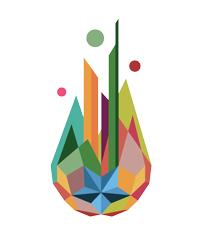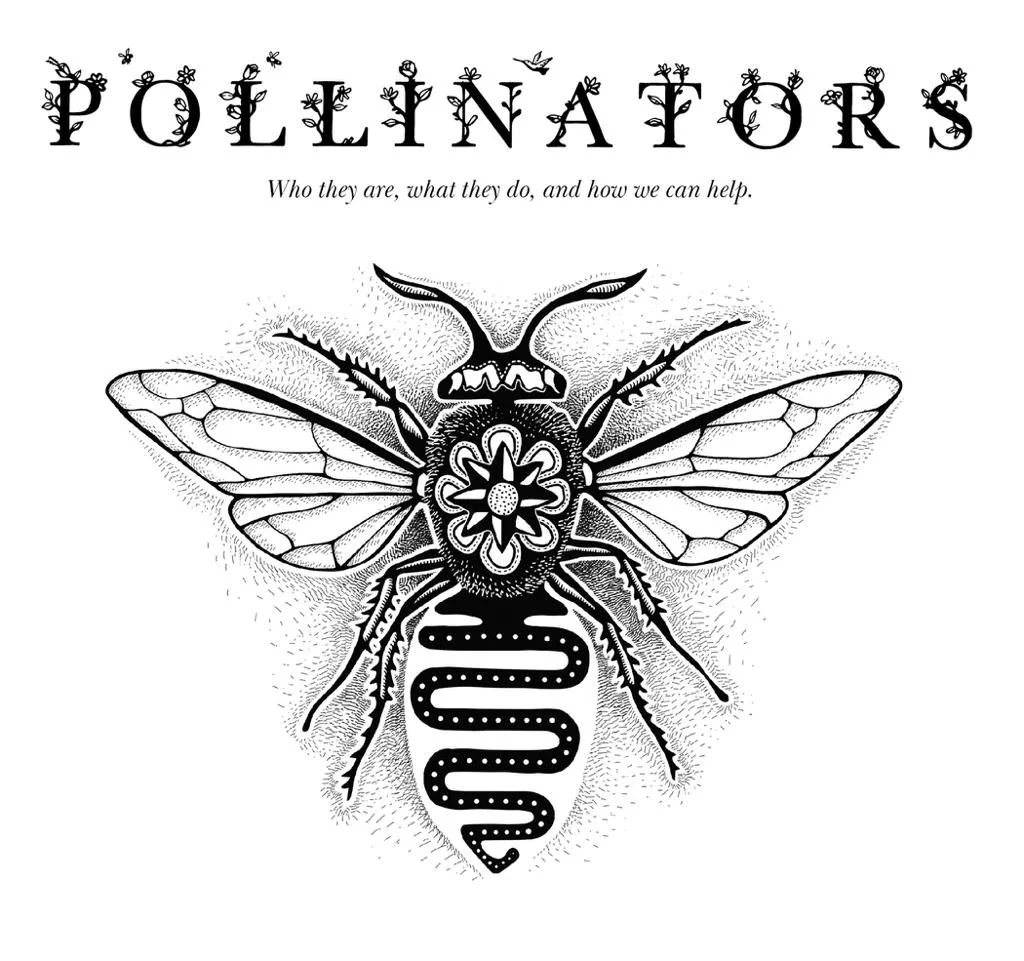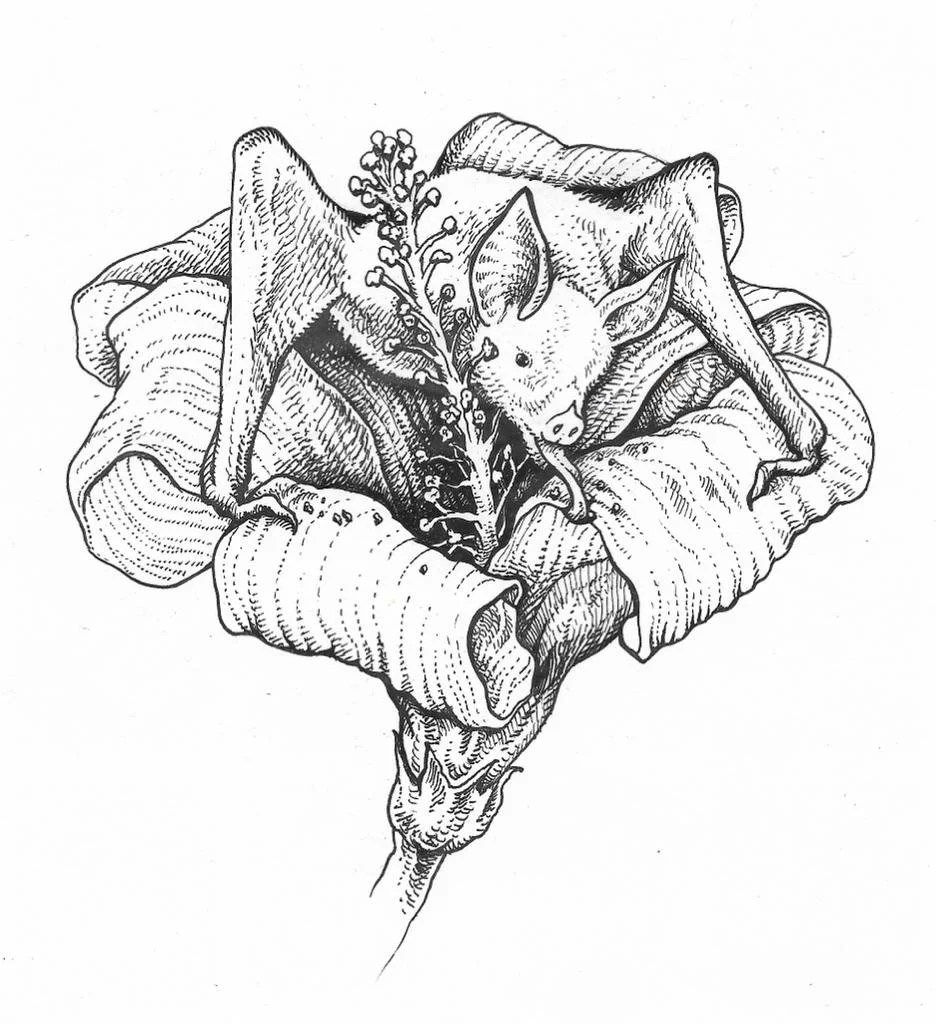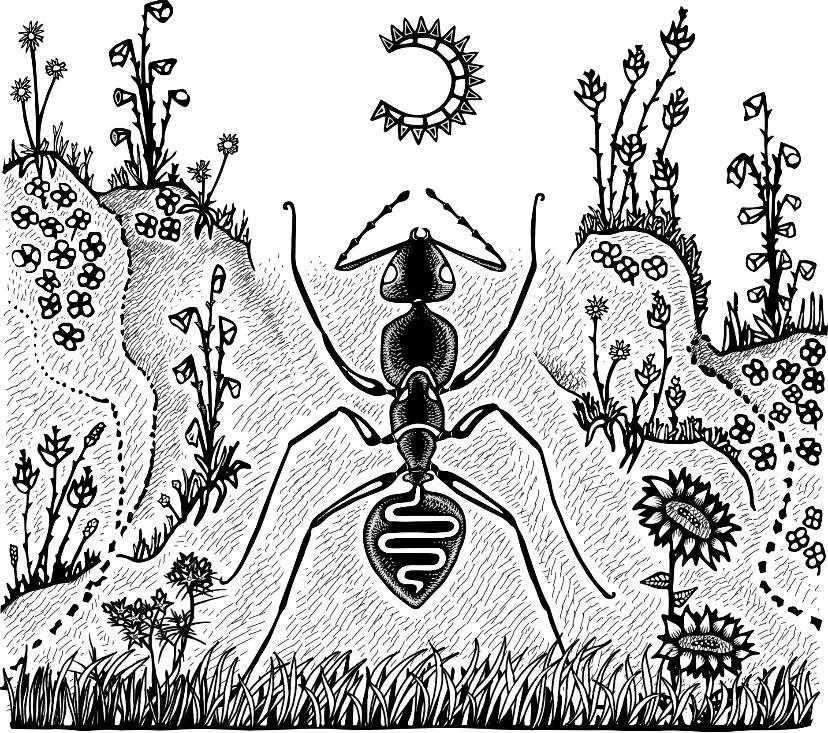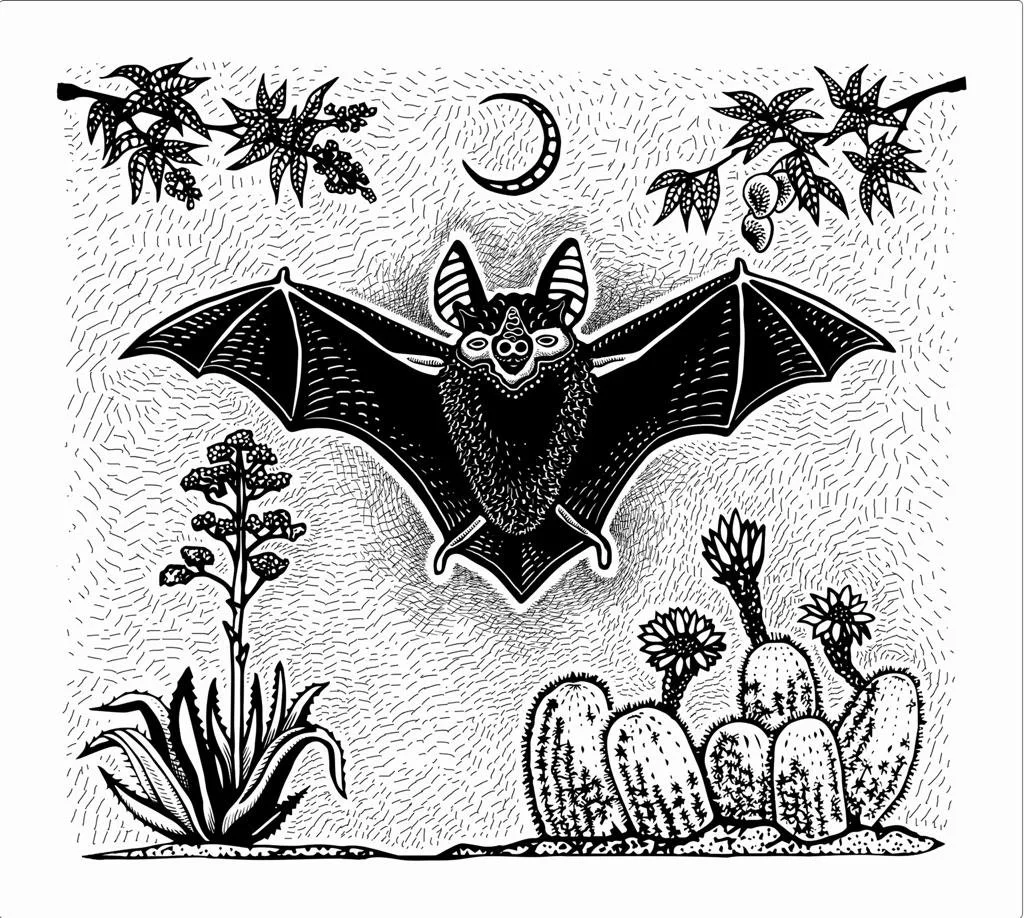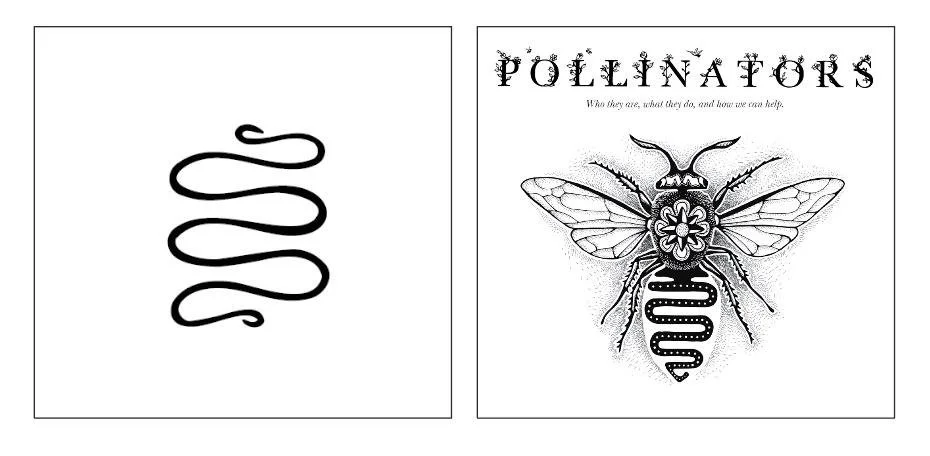written by:
Jason Grounlund, Illustrated by Jason Grounlund and Daniel Acosta, book layout by Guyphytsy Aldalai.
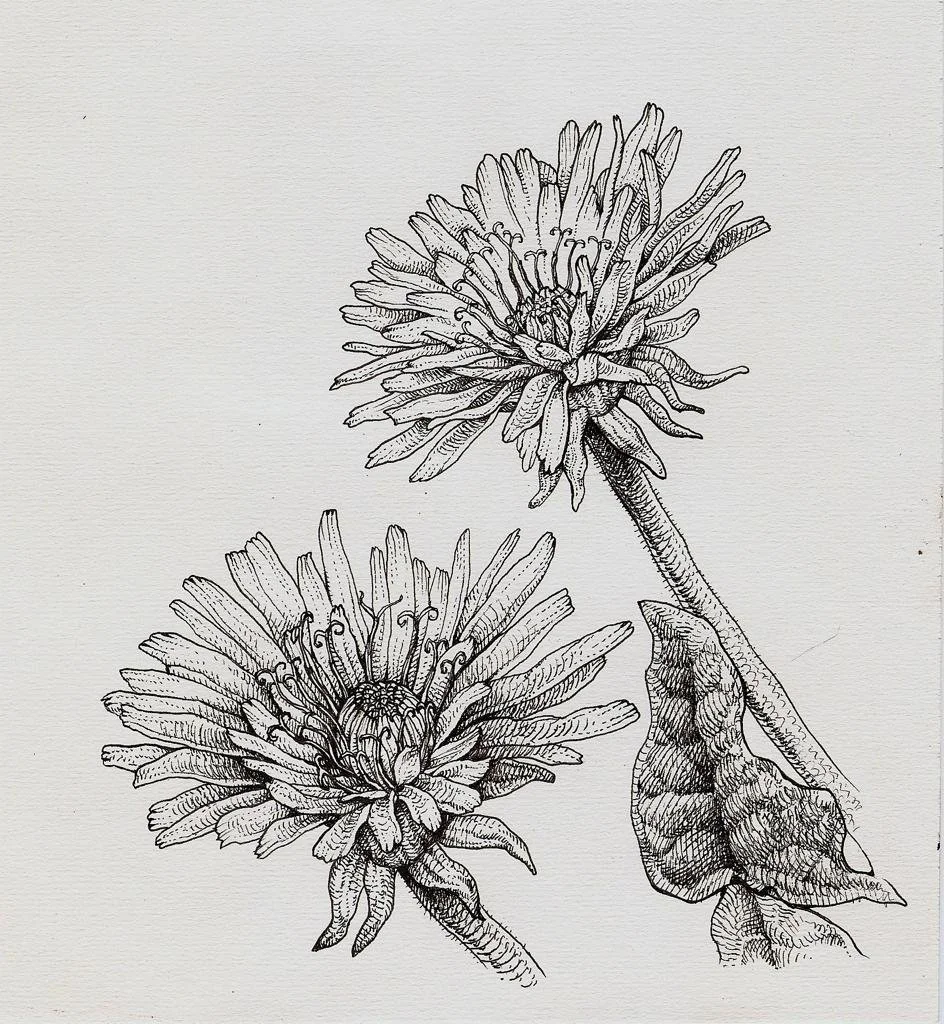
We are so happy to announce that an important and impactful book written by Jason Gronlund is available for all DSS (r)Evolutionaries for digital download AND encouraged by the authors for you all to share with any educators that you know- so that we may spread this Knowledge further of who they are, what they do and how we may be of service to The Pollinators.
a note from the author:
Hello fellow DSS members:
I want to share with all of you the fruits of our labor which was greatly aided by the program during the first cohort not so long ago. I had been working on different aspects of this project well before the pandemic, but when the DSS invited me to join I knew that this would be a great opportunity to push it towards the finish line. Now the first edition has been published and we have been getting it out into the world little by little. In addition to the print version there is a digital book that we have been sharing with educators freely. I would like to offer this same opportunity to all of you in the hopes that this information can aid us in our goal of building a future that works for 100% of life.
- Jason
Pollinators Book
Who they are, what they do, and how we can help
Preface
I was interested in bats from an early age because of some personal encounters with them. In the freezing cold Michigan winters where I grew up, we would find them in seldom-used man-made structures like tool sheds, garages, or even up in the attics of our houses. Once I found a bat hanging from the inside of a lampshade as I sat down, wondering what that brown thing next to the lightbulb was. Upon that realization, I didn’t want to tell any adults because I knew they would probably kick it out into the cold. It wasn't bothering anybody, and seemed so comfortable and warm, so I didn’t tell anyone. Of course, a little later I heard the screams of a cousin who had apparently also found out about the bat. After twenty minutes or so of household panic, and frantically trying to capture the circling creature, someone took it outside and we returned to our normal routines. Everybody seemed to be disgusted by the bat, and uncomfortable with it being in the same space that we were, and I wondered: why?
My fascination with bats continued into adulthood, and a number of years ago I came across a photo of a tiny one inside a flower that was covered in a bright yellow dust, which turned out to be pollen. This caught my attention, and I wanted to know what was going on. I was somewhat familiar with bats, or so I thought, but I did not yet know that some of these flying mammals have complex relationships with flowering plants. There are species that eat pollen or drink nectar as all or part of their diets, and these flower-related activities put them in a position to successfully pollinate the plants they rely on, but I didn’t really know what that meant yet. The curiosity sparked by this seemingly strange behavior led me to eventually realize the importance of all pollinators and what they do.
Animals interact with flowers on purpose, to form mutually beneficial relationships that help plants to grow. This concept excited something in me, and I remember tuning in to nature and what was flying around in the sky wherever I was. The birds, the bees, the bats. Especially around dawn and dusk I could start to see them all flitting past, and I began to notice their habits, and flight paths. The humming of insects at night would change in the different seasons, or in a drought. It’s not that I had never seen flowers before, but I started looking at them in a whole new way. Every ecosystem on earth has been affected by these relationships between plants and animals, resulting in a green, habitable, and healthy planet for all forms of life. I wanted to know more, and since then it has become a great pleasure to become more aware of them in my daily life. This revelation became the inspiration for a number of art projects I was working on, and starting to take on various forms. I created a series of illustrations meant to represent different groups of insects and other animals that pollinate, based on their similar characteristics. As I was drawing each animal I felt compelled to educate myself about them and the plants they rely on.
I think it is important for us to know more about how the natural systems of the world we live in function, and in order to communicate that art must meet science. Here, with new illustrations and interventions by Daniel Acosta, we offer an introduction to the basics of pollination, information about the different animals that do it, art we made about them, and ways we can help them flourish and further enrich our world. We believe that with more consciousness of and understanding about pollinators, they stand a better chance at survival, which is inextricably tied to our own and that of most life on earth.
Make it stand out
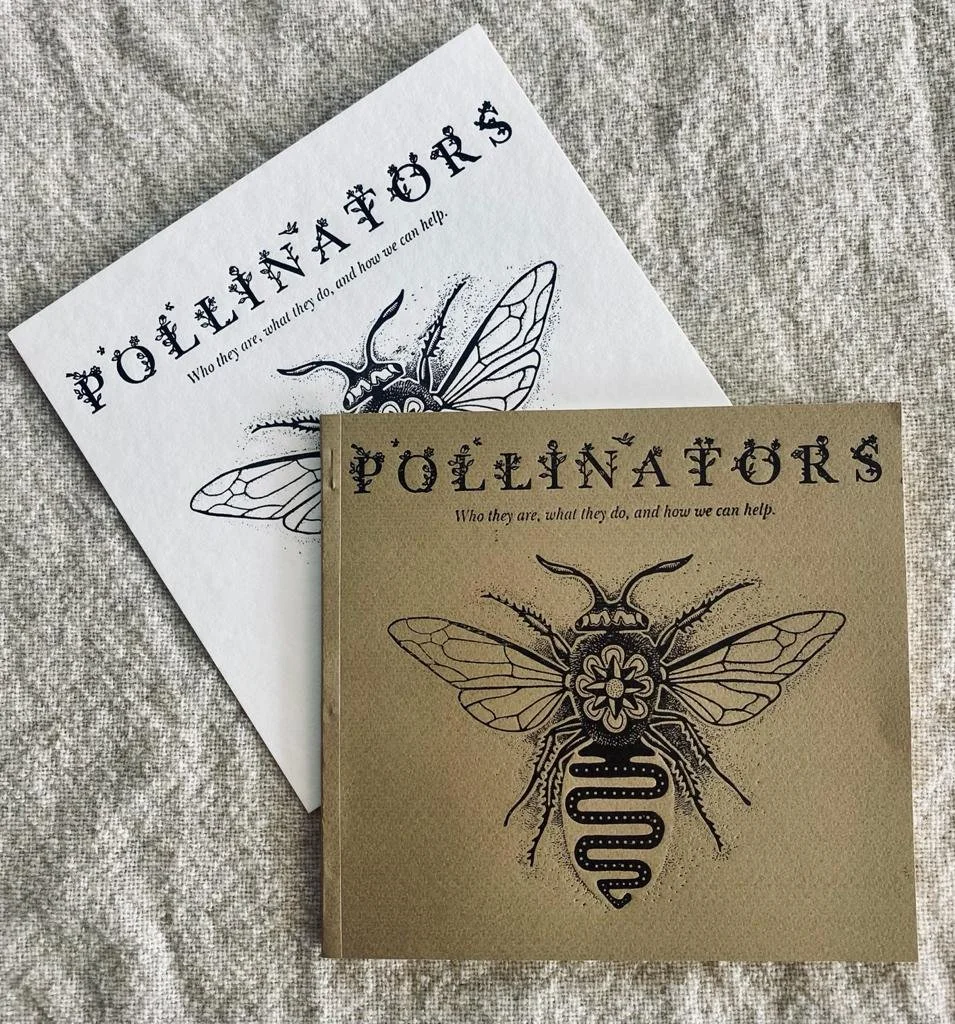
Get a printed version when they are released next.
The printed version is a work of art. If you want to purchase the next print of the book
